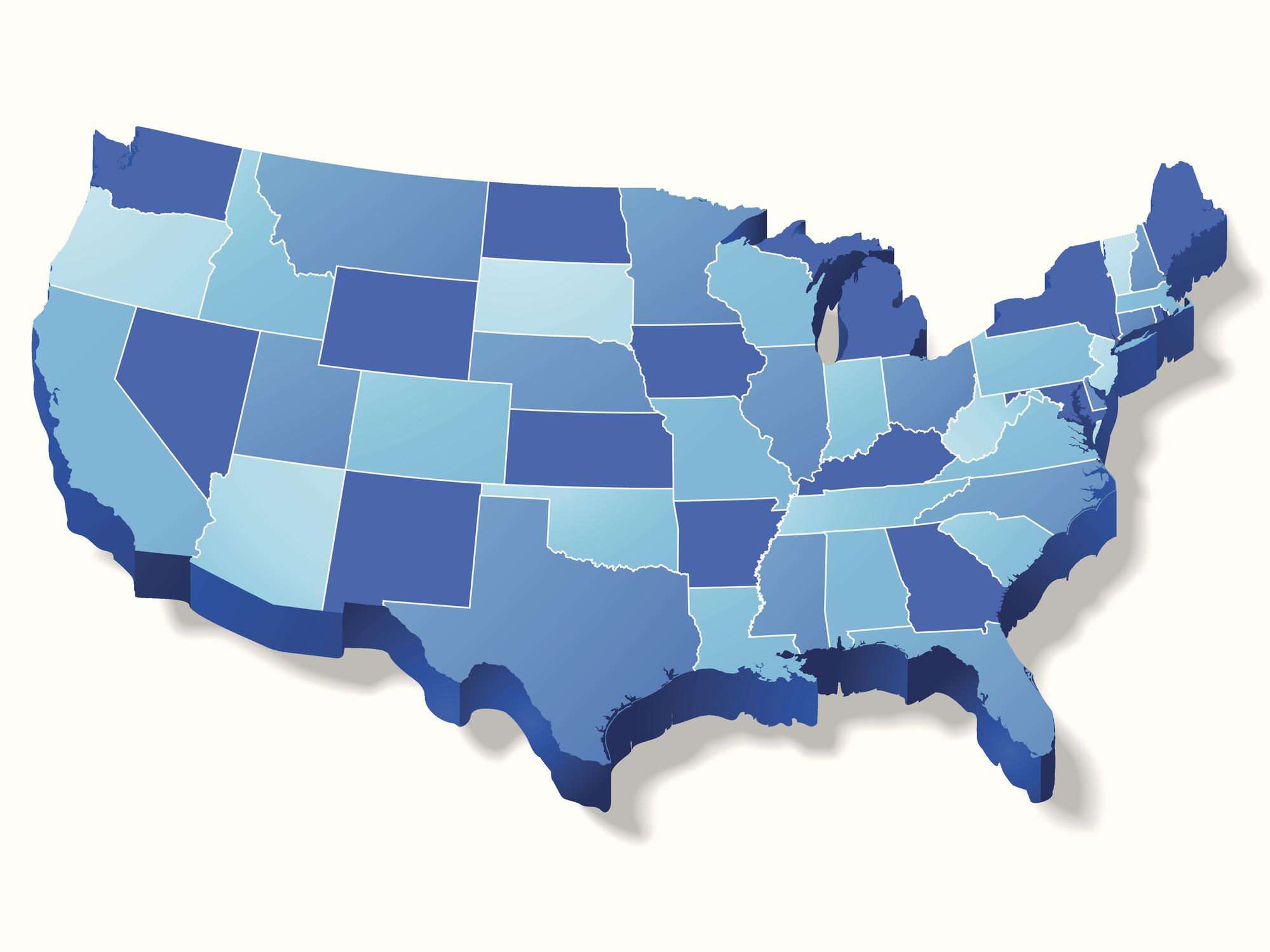
Syringe Services Programs
jurisdictions (38 states + D.C.) support syringe services programs by having jurisdiction-wide laws that explicitly or impliedly authorize them, as of August 2023.
What are syringe services programs, and why are they important?
Syringe services programs (SSPs) aim to prevent the spread of HIV, viral hepatitis, and other diseases by providing people who inject drugs (PWID) with access to sterile needles and syringes and facilitating them to safely dispose of used syringes. [1]Centers for Disease Control and Prevention. (2022, June 28). HIV and people who inject drugs. https://www.cdc.gov/hiv/group/hiv-idu.html Many SSPs also provide a range of other services, including linkages to substance use disorder treatment and recovery services, emergency opioid antagonists, HIV/HCV testing, wound care, education on safer-use practices, and other support services. [2],Centers for Disease Control and Prevention. (2022). HIV and people who inject drugs. [3]Centers for Disease Control and Prevention. (2023, January 11). Summary of information on the safety and effectiveness of syringe services programs (SSPs). https://www.cdc.gov/ssp/syringe-services-programs-summary.html
Syringe services programs are associated with decreases in risky behaviors
Several studies conclude that SSP utilization is associated with reductions in injection risk behaviors such as the reuse and sharing of drug using equipment. [4]MacArthur, van Velzen, E., Palmateer, N., Kimber, J., Pharris, A., Hope, V., Taylor, A., Roy, K., Aspinall, E., Goldberg, D., Rhodes, T., Hedrich, D., Salminen, M., Hickman, M., & Hutchinson, S. J. (2014). Interventions to prevent HIV and Hepatitis C in people who inject drugs: A review of reviews to assess evidence of effectiveness. The International Journal of Drug Policy, 25(1), 34–52. https://doi.org/10.1016/j.drugpo.2013.07.001One study, for example, looking at a one-for-one syringe exchange program, found that increased syringe exchange coverage corresponded to a 58% reduction in sharing injection equipment and a 21% reduction in reusing syringes. [5]Bartholomew, T.S., Feaster, D.J. Patel, H. Forrest, D.W., & Tookes. H.E. (2021). Reduction in injection risk behaviors after implementation of a syringe services program, Miami, Florida. Journal of Substance Abuse Treatment, 127, 108344. https://pubmed.ncbi.nlm.nih.gov/34134863/
Syringe services programs create opportunities for integrated treatment and linkages to various health and social services
New SSP participants are up to five times more likely to enter into drug treatment, suggesting the utility of these programs for both linkages to care and onsite provision of services. [6]Centers for Disease Control and Prevention. (2023). Summary of information. A statistical model of SSPs providing on-site buprenorphine treatment predicted that providing such service would avert 20.8% of fatal opioid overdoses and result in an 8.6% higher treatment initiation rate. [7]Adams, J.W. Savinkina, A., Fox, A., Behrends, C. N., Madushani, R. W. M. A., Wang, J., Chatterjee, A., Walley, A. Y., Barocas, J. A., & Linas, B. P. (2022). Modeling the cost‐effectiveness and impact on fatal overdose and initiation of buprenorphine–naloxone treatment at syringe services programs. Addiction (Abingdon, England), 117(10), 2635–2648. https://doi.org/10.1111/add.15883


